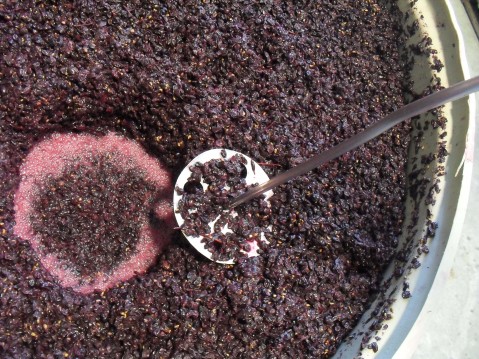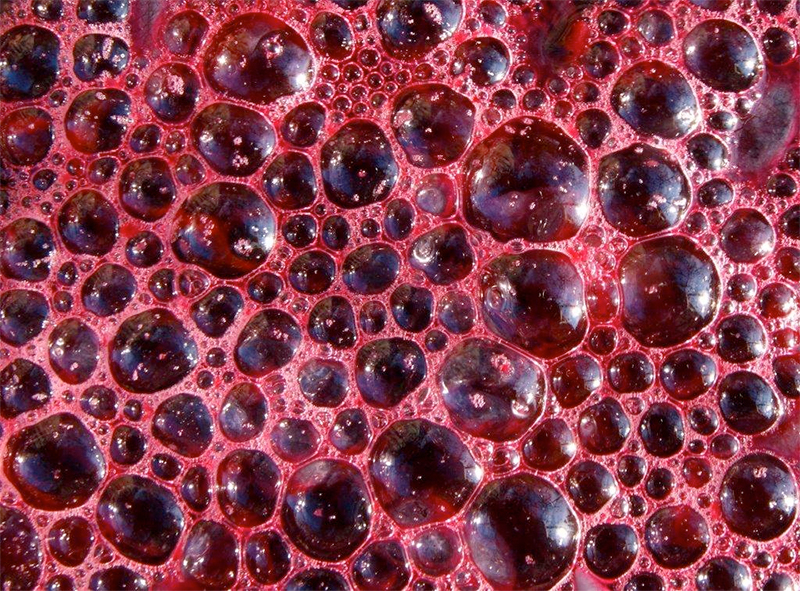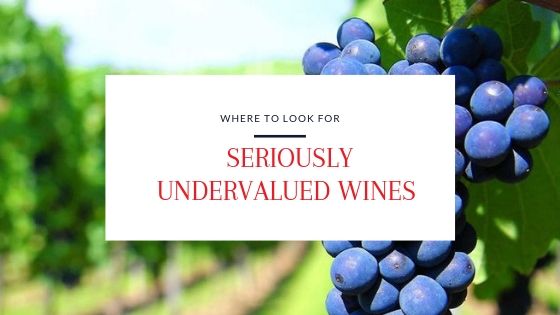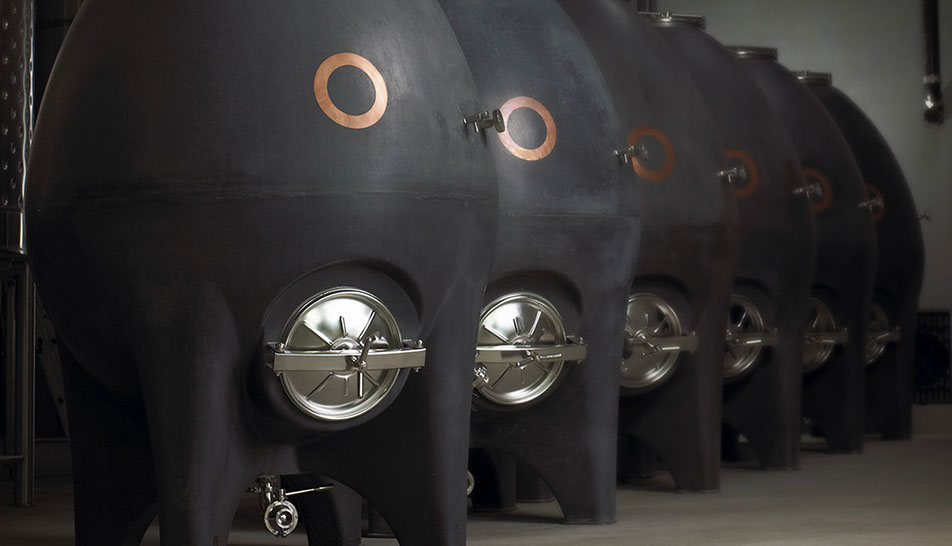Yeast is not the sexiest part of winemaking.
Surprising take right?
It is however THE most important piece of winemaking. Soil, oak, and blending play important roles but without yeast you have no wine.
What is it?
Yeast is everywhere. On our skin, inside our gut, on leaves, in soil and so on. The strain of yeast we care about is called “Saccharomyces”. It means “sugar fungus”. You can guess how it works. It gobbles up the sugar in grapes and spits out alcohol and carbon dioxide in the absence of oxygen.
Here’s what the little buggers look like under a microscope.

Wild vs Controlled Fermentation
Winemakers take one of two approaches. Some use only wild, ambient yeasts – whatever is on the grapes, in the air. Others use lab cultured strains.
Is one better than the other?
Wild Fermentation
Back in the day, wild fermentation (also called spontaneous) was the only option. Today it’s still a very popular method among small producers.
Wild yeast clings to the surface of the grapes, the winery equipment, anything really. After crushing the grapes, they just let the wild yeast do its thing. Hence the “spontaneous” moniker. Fans of this approach include “natural” winemakers who say it yields more complexity, added roundness, and better reflects the terroir.
Those benefits come with some risk. Wild fermentation takes longer. It requires more attention. More can go wrong.
Also, wild fermentation may not be as wild as people think.

With so much commercial yeast available, cross pollination of yeast is pretty much a given. Even if a winery has never used commercial yeast, chances are some dominant strain of lab cultured yeast finds its way into the tank where it proliferates, and take over. Maybe bees dropped it off from another winery, or it landed on the grapes from a strong wind.
“Regardless of which yeast started the fermentation—indigenous or otherwise—a dominant commercial strain took over during the process, essentially wiping out any other forms of yeast that might have been present.” (source)
Controlled fermentation
Controlled fermentation is the more common method, and really the only option for larger scale wineries that need predictability and uniformity across their production.
These wineries use cultured, lab created strains. They’re quick to ferment and easier to manage; they can tolerate swings in temperature which means fermentation won’t stall or stop completely, and these strains can gobble up all the sugar, even at high alcohol levels.
Winemakers can use different strains to produce or enhance various flavors and textures. One strain might work especially well to enhance the floral aromatics of Riesling and Gewurtztraminer. Others might help develop deep red berry and graham cracker notes in certain red varieties.
The wild fermentation route is definitely a hip trend in wine. Is it better? There’s no definite answer there. In general, controlled fermentation makes a wine that’s more predictable but maybe slightly less complex. Next time you’re cruising the wine aisle go ahead and seek out a wild fermented wine and judge for yourself.













